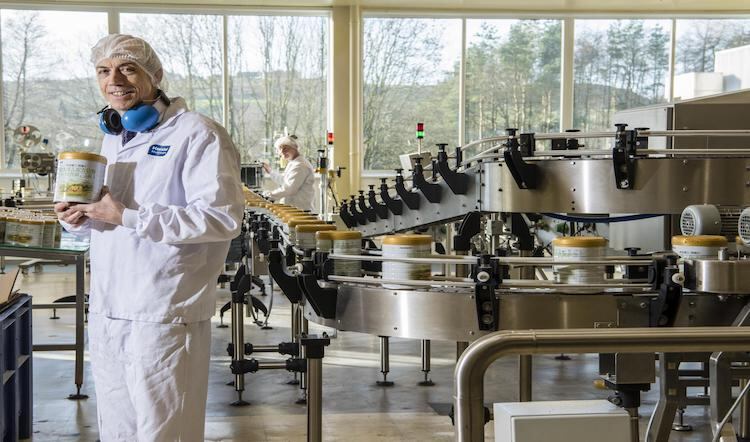Four ways to boost margins
- Improve inventory visibility
- Reduce waste
- Stay ahead of market trends
- Boost your average order value
Improve inventory visibility
With better visibility of their inventory, manufacturers can reduce the likelihood of collecting ‘dead stock’ and closely monitor individual product lifecycles and levels, for example, what their fastest and slowest movers are.
This list isn’t exhaustive but ultimately, complete data visibility enables companies to make more informed decisions relating to their inventory, such as sales, marketing and purchasing.
Reduce waste
It’s difficult to avoid waste that occurs as a result of the manufacturing processes. Whether that’s tangible, such as food waste, or intangible, such as losses in productivity and efficiency, with every element that’s wasted, it’s valuable resources and profits being lost.
The impact of food loss and waste can be lessened by:
- improving visibility into production processes;
- managing production of co- and by-products - this can also help identify opportunities for potential revenue streams;
- automating manual processes to reduce the chances of human error;
- removing culture siloes;
- centralising information to gain a single source of data truth - processors must see what’s happening across the entire business and supply chain in real-time
Stay ahead of market trends
Customer expectations are constantly changing. The best approach is not to merely keep up, but to stay ahead of these trends. That way, businesses can be prepared for change/disruption and can act accordingly.
Technology, such as advanced analytics, can better predict how the market will change by automatically reviewing data trends and offering intuitive predictions. Suppliers can use this knowledge to make better informed decisions. For instance, customer sales data can be analysed to reveal buying patterns and cross-referenced with the potential impact of upcoming events, such as weather or a political change.
This can make it easier to predict how buying behaviours might change and which areas of the supply chain should be fortified to prepare for impact.
Boost your average order value
One of the fastest ways to increase profit margins is to boost the average order value from current customers. It’s the perfect chance for up and cross-selling.
Manufacturers can access customer data, for example their purchase history and past interactions and use technology, like artificial intelligence, to improve those insights. They can use what they know about customers' buying patterns to offer them additional products that complement what they have already bought or are looking to buy.
Building the foundations for future-proofed food manufacturing operations
The events of 2020 have shown how even the most seemingly stable businesses can face uncertain futures if they don’t have the right technology in place. Technology can help gain the visibility food manufacturing businesses need to stay ahead of competitors. But technology mustn't be the only focus. To ensure systems they have invested in keep delivering results, they must also focus on value. It’s not about features and functionality, it’s about how such systems can optimise business processes, boost employee morale and improve customer experience. It’s also about knowing what that means for stakeholders, from everyday users to leadership and management.
Processors must be equipped to answer the 'what’s in it for me' question - how can a particular system affect their employees? What will they have to do?
That’s how to ensure technology keeps delivering long-lasting benefits, including improving profit margins.
Andrew Newton is a Microsoft Dynamics 365 business central food consultant at Columbus. He is an experienced professional in fresh food manufacturing processes, with more than 30 years’ service within the food industry. He specialises in cooked meats, curing methods, butchery and convenience foods. He also participates in ERP implementations from a client’s perspective as a super user and SME on project teams.




